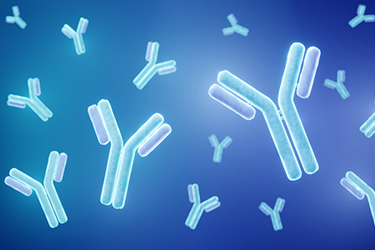Optimizing LC-MS For Biopharmaceutical Analysis

Newer, faster, and more efficacious strategies for peptide mapping and analysis of biotherapeutic products are needed to help bring vital and potentially life-saving therapeutics to market as quickly as possible. Optimizing LC-MS for biopharmaceutical analysis presents a series of articles that discuss analyzing biopharmaceuticals, including an optimized peptide mapping protocol that accelerates sample prep time, advancements in protein digestion and peptide mapping, top-to-bottom HPLC-MS analysis of monoclonal antibodies (mAbs), and using size-exclusion chromatography (SEC) for the characterization and quality control of novel biotherapeutic products.
In the first article, Pegah Jalili, Kevin Ray, Jeffrey Turner, and Maricar Dube demonstrate how an optimized peptide mapping protocol can minimize artificial asparagine deamidation and methionine oxidation by using shorter incubation times and an improved digestion buffer. The results were striking: complete sample preparation in less than six hours.
Next, Cory E. Muraco, global franchise product manager, liquid chromatography technology at MilliporeSigma, an affiliate of Merck KGaA, Darmstadt, Germany, discusses new strategies for bottom-up analysis of therapeutic proteins using faster enzymes, new buffer systems, and optimal column chemistry that enable analysts to perform peptide mapping experiments faster, in as little as an afternoon, and with fewer artifacts.
Therese Wohlschlager, Christof Regl, and Christian G. Huber from the Department of Biosciences, Bioanalytical Research Labs, and Christian Doppler Laboratory for Biosimilar Characterization at the University of Salzburg, Austria, discuss the benefits and limitations of bottom-up, middle-down, and top-down HPLC-MS analysis for the detection of oxidation variants in a therapeutic mAb.
In the final article, Jennifer Rea, David Fulchiron, Yun Lou, and Luda Darer with Genentech present examples of SEC analysis of novel biotherapeutic products, which are generally more complex than traditional mAbs. They cover hydrophobic molecules, ADCs, bispecific mAbs, and coformulations, all which have unique considerations when developing and performing SEC methods.
Republished with permission from LCGC
Get unlimited access to:
Enter your credentials below to log in. Not yet a member of Cell & Gene? Subscribe today.
